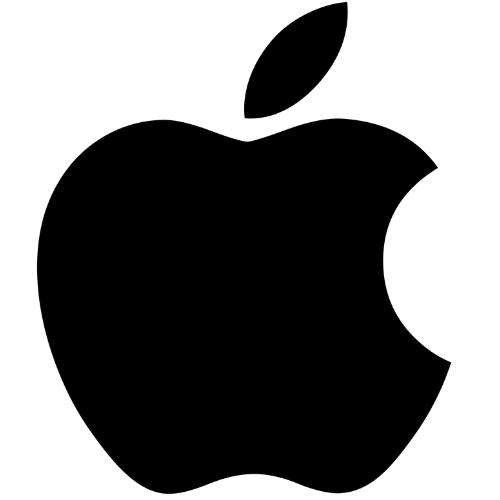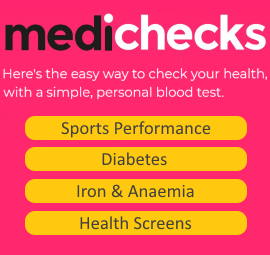Your Smartwatch Might Know Your “Biological Age” Better Than You Do
Age has always been treated as a simple number, but anyone who has met a remarkably spry 70-year-old or a chronically fatigued 40-year-old knows that biology tells a more complex story. Now, in a groundbreaking study led by Andrew C. Miller at Apple, in collaboration with scientists from Princeton University, researchers have shown that your smartwatch may already be revealing how old your body truly is — and how healthy your future might be.
The team developed a wearable-based “ageing clock” called PpgAge, using photoplethysmography (PPG) signals recorded from the wrist by consumer devices like the Apple Watch. This optical sensor measures subtle changes in blood volume with every heartbeat, generating waveforms that contain rich information about cardiovascular and physiological health. By analysing these patterns with advanced deep-learning models, the researchers created a system capable of estimating a person’s biological age with remarkable precision.
Decoding Age Through Light and Blood Flow
The study drew on an extraordinary dataset from the Apple Heart & Movement Study, comprising over 213,000 participants and more than 149 million days of wearable recordings. Using this enormous pool of real-world data, Miller and his team trained their model to learn patterns associated with healthy ageing.
In healthy participants, PpgAge predicted chronological age with an average error of just 2.4 years, while in the general population the error was around 3.2 years. This performance rivals or exceeds many existing laboratory-based ageing clocks — yet PpgAge requires no blood tests, scans, or clinic visits. It works passively, simply by wearing a smartwatch.
But the real innovation lies in what the researchers call the “age gap” — the difference between predicted biological age and actual chronological age.
When Your Body Looks Older Than Your Birth Certificate
A positive age gap means the body appears biologically older than expected. This gap proved to be a powerful indicator of disease risk. People whose PpgAge exceeded their real age by more than six years showed dramatically higher diagnosis rates for several chronic conditions.
For example:
- Women aged 35–45 with a large age gap had more than double the rate of diabetes compared to their peers.
- Men in the same age group showed over three times the rate of heart disease.
- Strong associations were also seen for heart failure and peripheral artery disease.
Even more importantly, the age gap predicted future illness. A six-year increase in biological age was linked to a significantly higher risk of developing cardiovascular disease, outperforming several traditional clinical risk markers such as high cholesterol and previous hypertension.
This suggests PpgAge is not just descriptive — it is predictive.
Lifestyle Choices Written Into Your Biological Age
The study revealed that everyday habits leave a measurable imprint on biological ageing.
Smoking:
Daily smokers consistently showed higher biological ages than non-smokers. The difference intensified with age, reflecting the cumulative damage caused by long-term tobacco exposure.
Exercise:
Participants who exercised more had smaller age gaps, appearing biologically younger. The contrast between sedentary and active individuals was especially pronounced in older age groups, highlighting the protective role of physical activity.
Sleep:
Sleep quality also played a critical role. Longer deep sleep, better efficiency, and quicker transition to REM sleep were all associated with reduced biological age. An additional hour of deep sleep corresponded to nearly a full year decrease in age gap — a striking demonstration of sleep’s restorative power.
These findings paint a compelling picture: your biological age is dynamically shaped by how you live.
Tracking Life’s Physiological Turning Points
Because PpgAge is measured continuously, the research team was able to observe how it changes during major life events. During pregnancy, participants experienced a median increase of about 3.5 years in biological age, peaking near childbirth before gradually declining postpartum. This mirrors findings from DNA-based ageing studies, suggesting pregnancy places significant temporary strain on the body.
Similarly, sharp increases in PpgAge were observed around serious cardiac events such as heart attacks and bypass surgeries, reinforcing the metric’s sensitivity to physiological stress and trauma.
A New Frontier in Preventive Health
Under Andrew C. Miller’s leadership, this research points toward a future where ageing is monitored not just annually in doctor’s offices, but continuously through devices people already wear every day. Unlike traditional ageing biomarkers, PpgAge is:
- Non-invasive
- Inexpensive
- Scalable
- Suitable for long-term monitoring
This opens the door to early detection of disease risk, personalised health tracking, and real-time feedback on lifestyle interventions. In time, clinicians may use biological age trends to fine-tune treatment, recommend targeted lifestyle changes, and monitor recovery or decline with unprecedented precision.
Redefining What It Means to Grow Old
Ageing, long seen as an inevitable downward slope, now appears to be a measurable and potentially modifiable process. Through the work of Andrew C. Miller and his team, a simple wrist sensor has become a window into the body’s hidden timeline — translating light reflections and pulse rhythms into a powerful story about health, resilience, and longevity.
Your smartwatch may already be telling that story. The question is whether we’re ready to listen — and act on what it reveals.
The study is published in the journal Nature Communications. It was led by Lirong Yu from Andrew C. Miller from Apple Inc., in collaboration with scientists from Princeton University .







